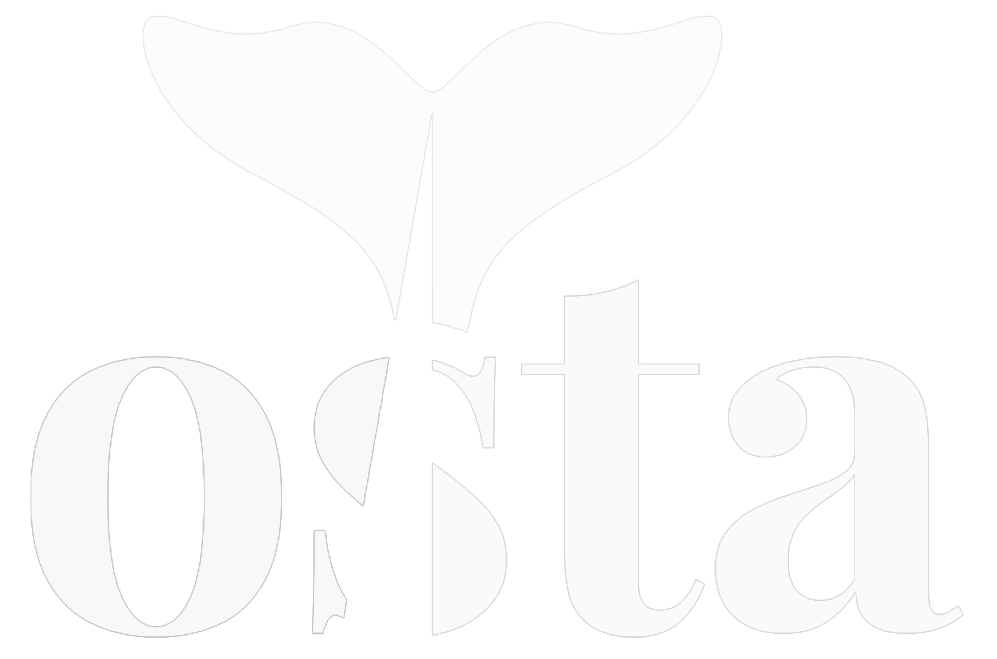Unlocking Animal Happiness
Time, Money and Energy were invested into the Restoration of the Flemish Hamster Population
The wild hamster population in Flanders, once abundant in the late 19th century, is now facing extinction due to agricultural intensification and habitat loss. Despite conservation efforts via a Species Protection Programme (2015-2020), less than 30 individuals remain. To combat this, nature organizations are advocating for more proactive conservation measures, including land acquisition by the government, to create conducive habitats for hamsters. These initiatives, aligning agricultural practices with hamster conservation, could also benefit other threatened farmland species, making the hamster a symbol for biodiversity conservation within agricultural landscapes.
30 Animals
30 Wild Hamsters
__
The hamster population in Flanders has dwindled to near extinction, counting less than 30 individuals, primarily residing in Widooie, Limburg.
Efforts to Conserve Flanders’ Wild Hamsters
The wild hamsters of Flanders, a once abundant species since the late 19th century, are now on the brink of extinction.[1] The significant decline of these wild animals is primarily due to the intensification of agricultural practices during the second half of the 20th century. This shift in agriculture altered the landscape and lessened the availability of habitats conducive to the survival of wild hamsters. Crop changes, such as the transition from grains to maize, sugar beets, and potatoes, have deprived hamsters of their optimal habitats. [2]
The downward trend has been apparent for several decades, with a notable acceleration towards the end of the 20th century.[3] By 2014, the hamster population in Flanders had reached a critical low, with less than 30 individuals remaining by 2015, primarily found in Widooie, Limburg. As of now, the population remains approximately at this level.
Efforts to reverse the decline through a Species Protection Programme (2015-2020) proved ineffective.[4] The programme’s main objectives were to bolster the hamster population by supplementing existing groups and expanding habitable areas through agreements with local farmers. Regrettably, the programme did not achieve its intended objectives, leaving the hamster population in danger of complete extinction. [5] Monitoring efforts have unveiled persistent hurdles, including inadequate habitats and agricultural practices that are incompatible with the survival needs of the hamsters. The programme expired in 2023 and there is no new plan for the wild hamster, but a comprehensive plan for biodiversity in fields is developed.
To effectively overcome these challenges, a paradigm shift is imperative. This involves transitioning towards more proactive and obligatory conservation measures. Nature organizations are advocating for governmental acquisition of land, to be managed by farmers under fair compensation schemes, to create environments that are conducive to the survival of the hamsters.
By harmonizing agricultural practices with the conservation need of the hamsters,[6] initiatives such as these hold the potential to benefit not only the hamsters but also other threatened farmland species. Consequently, the hamster becomes a symbol for biodiversity conservation within agricultural landscapes, underscoring the crucial link between species preservation and sustainable land management.
[1] Species Protection Program for the European Hamster in Flanders (2015-2020), as stated in Article 1 of the Ministerial Decree establishing a Species Protection Program for the European Hamster (Cricetus cricetus) 13. The original document is in Dutch.
[2] Ibid. Hamster Species Protection Program, 20.
[3] Ibid. Hamster Species Protection Program, 15.
[4] The Former Flemish Minister of Agriculture and Nature, Joke Schauvliege (CD&V), allocated 800,000 euros for a specific species protection program for the wild hamster, including a hamster coordinator. This information comes from Jozefien Verstraete’s article titled ‘ Total plan for biodiversity on fields in the making’ published on the website of Vilt, Flemish Information Center for Agriculture and Horticulture/Vlaams Informatiecentrum Land- en Tuinbouw, on September 19, 2023. The original article is in Dutch.
[5] Ibid. (n 1) Hamster Species Protection Program, 1-85.
[6] The information is sourced from a news article published by the Flemish Institute of Agriculture and Horticulture on September 19, 2023, titled ‘Comprehensive plan for biodiversity in fields in the making’ (September 19, 2023). The original article is in Dutch.
[6] The information is sourced from a news article published by the Flemish Information Center for Agriculture and Horticulture on October 12, 2022, titled ‘Natuurpunt: ‘Species Protection Plan hamster has completely missed its goal’. The original article is in Dutch.


